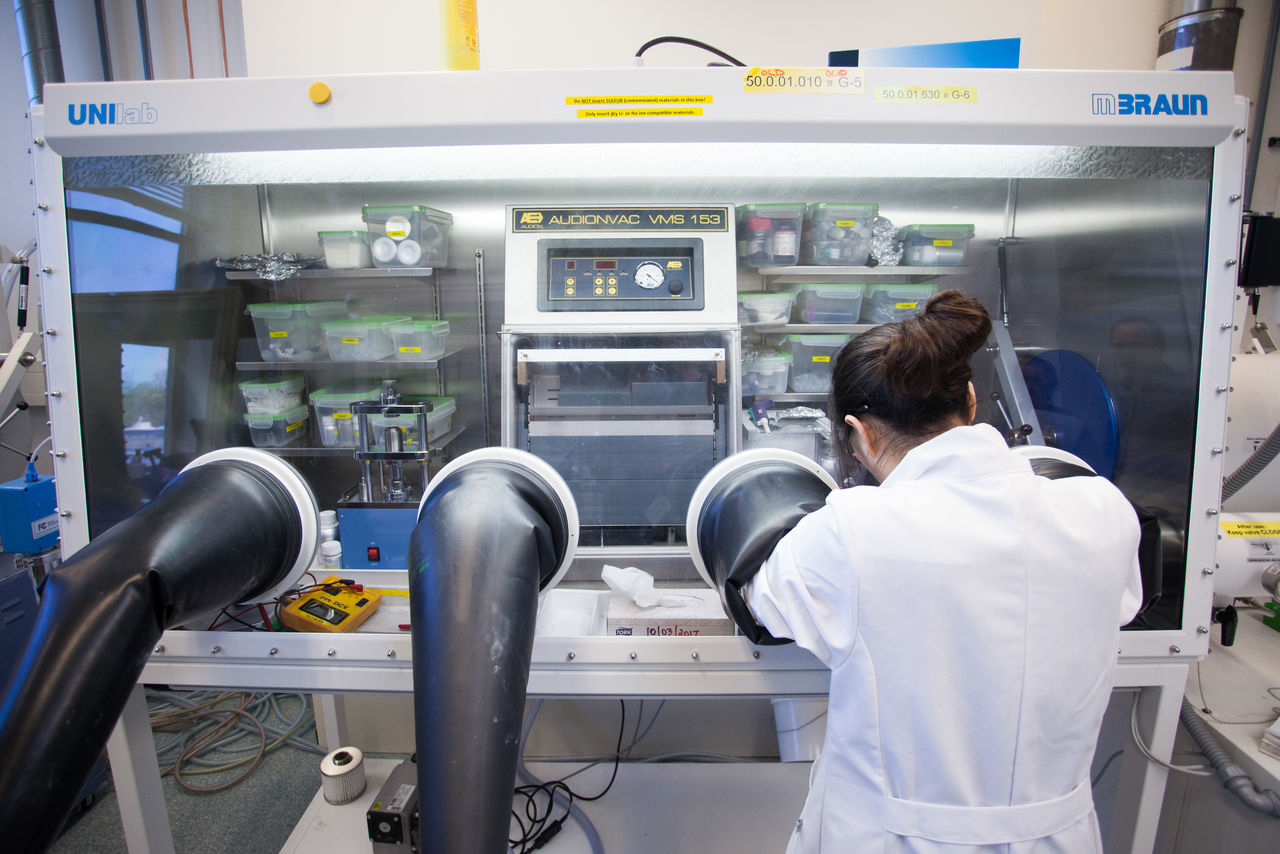They are around us everywhere, fuelling our cars, phones, and laptops, yet we know so little about batteries. Dr Marnix Wagemaker explains how he will use his recently earned Vici grant worth 1.5 million euros to investigate the inner workings of batteries.
Dr Marnix Wagemaker, who works at the faculty of Applied Sciences (Radiation Science and Technology), wants to find out why the storage capacity and cycling performance of next generation batteries are lagging behind what should theoretically be feasible.
In recent years, researchers have developed new electrodes and electrolyte materials to make better batteries. This research has borne fruit, however, the way in which these new materials function in batteries is still not well understood. “The reason for this gap in our knowledge is that there have been no methods to monitor the processes in working batteries on the relevant time and lengthscale”, says the researcher.
‘We need to look inside batteries’
Wagemaker explains that “With computer modeling, we have explored the atomic scale mechanisms that govern charging and discharging (lithiation and delithiation). Hence, we understand a great deal at the atomic scale, as we do at the macro scale. But in between, at the mesoscopic scale, many processes interact, which are poorly understood. For instance, how are the flows of lithium ions (or other ions) and electrons distributed over the electrodes during charge? This is decisive for both the cycle life of a battery and how fast it can be charged.”
“To figure this out, we need to look inside batteries. We cannot do this with conventional techniques, such as electron microscopy, because once placed under the microscope we obstruct the normal functioning of the battery. One of the techniques that we will use is neutron depth profiling. This is an analysis technique using neutrons (provided by the Reactor Institute Delft) to determine where Lithium is located in working batteries. At TU Delft we were the first to demonstrate that we can use this technique to visualise lithium ions in batteries even when these batteries are being charged or discharged.”
In addition, the researchers will use solid state NMR (Nuclear magnetic resonance) and synchrotron radiation during their project.
On top of the 1.5 million euros Vici grant, an additional 250,000 euros of in-kind contributions will be provided to Wagemaker by companies that are involved in the research.
About Vici
Vici is targeted at outstanding senior researchers who have successfully demonstrated the ability to develop their own innovative lines of research and to act as coaches for young researchers. Vici offers researchers the opportunity to build their own research group, often in anticipation of a tenured professor’s position.
Wagemakers project is one of fifteen projects the NWO Materials for Sustainability programme (Mat4Sus) is launching to stimulate sustainable material research.
Do you have a question or comment about this article?
tomas.vandijk@tudelft.nl


Comments are closed.